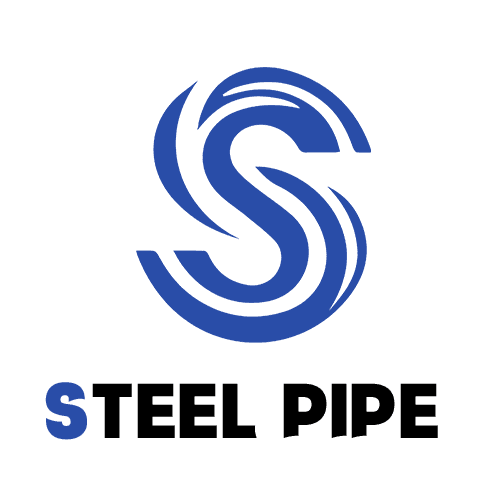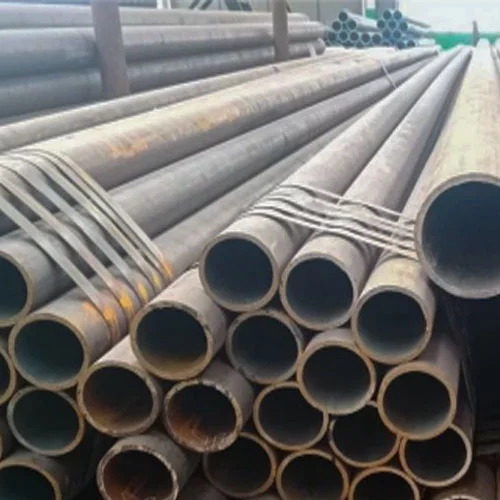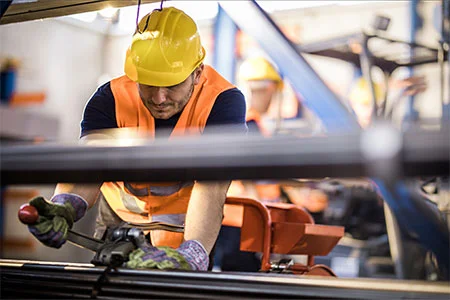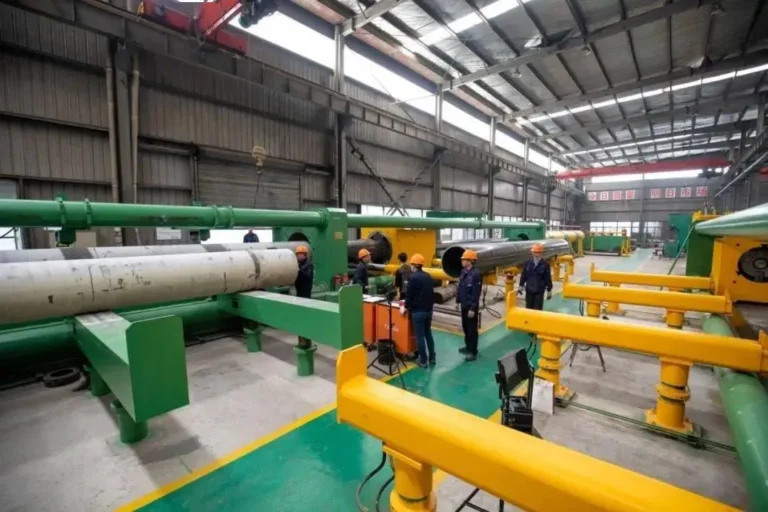مرحبًا بك في مدونتي!
قبل أن نتعمق في المحتوى، أود أن تنضموا إليّ على منصات التواصل الاجتماعي الخاصة بي حيث أشارك المزيد من الأفكار وأتفاعل مع المجتمع وأنشر التحديثات. إليك كيف يمكنك التواصل معي:
Facebook:https://www.facebook.com/profile.php?id=61559060896490
والآن، لنبدأ رحلتنا معًا. أتمنى أن تجدوا المحتوى هنا ثاقباً وجذاباً وقيّماً.
جدول المحتويات
Whether you’re managing an industrial pipeline project or maintaining a critical infrastructure system, the role of API line pipe cannot be overstated. These pipes form the essential conduits that safely transport oil, gas, water, and other fluids under demanding conditions. In this blog, we’ll explore how you can optimize your projects by selecting and utilizing high-quality API line pipe — ensuring reliability, performance, and long-term success.
مقدمة
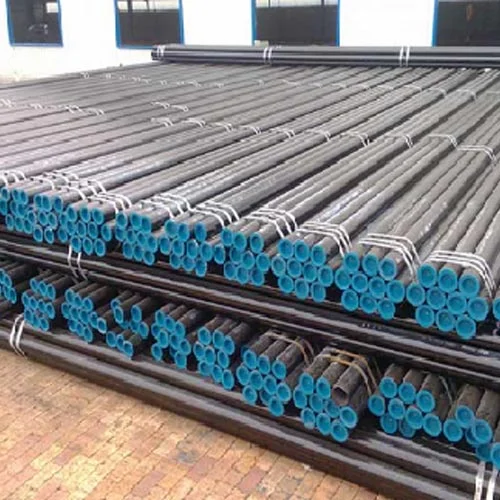
If you’re involved in pipeline construction or maintenance, you know that not all pipes are equal. API line pipe refers to pipes manufactured in compliance with the American Petroleum Institute (API) standards, designed specifically for high-pressure and harsh environment applications.
Choosing the right API line pipe means:
- Meeting industry standards for safety and durability
- Handling extreme pressure and temperature fluctuations
- Preventing leaks and failures that can cause costly downtime
- Supporting your project’s compliance with regulations
Whether your pipeline project deals with crude oil, natural gas, or other fluids, investing in quality API line pipe is the first step to optimizing overall project outcomes.
What Makes API Line Pipe Different? Key Specifications and Material Grades
One of the biggest questions you might have is: What sets API line pipe apart from other types of pipes? The answer lies in the rigorous standards that govern API line pipe manufacturing. These pipes are designed to meet API 5L specifications, ensuring they can withstand challenging operational conditions.
Key features include:
- Seamless or welded construction: Seamless pipes typically offer higher strength and reliability, while welded pipes provide cost benefits and versatility.
- Material grades: API line pipes come in different grades such as PSL1 and PSL2, with PSL2 offering enhanced chemical and mechanical properties for more demanding environments.
- Dimensional accuracy: Tight tolerances on thickness, diameter, and length ensure proper fit and welding ease.
- مقاومة التآكل: Depending on the environment, API pipes may have coatings or treatments to resist corrosion, extending pipeline life.
Selecting the right grade and type of API line pipe is crucial to ensuring safety, performance, and longevity in your pipeline system.
Table: Common API Line Pipe Specifications and Typical Applications
| المواصفات | الصف | Nominal Diameter (inches) | سُمك الجدار (مم) | حالة الاستخدام النموذجي |
|---|---|---|---|---|
| API 5L PSL 1 | الدرجة ب | 2″ – 48″ | 2.77 – 19.05 | General purpose pipelines |
| API 5L PSL2 | X42 – X70 | 4″ – 56″ | 3.91 – 25.4 | High pressure oil and gas lines |
| Seamless API Line Pipe | X52 | 1″ – 24″ | 3.0 – 15.0 | Offshore and drilling applications |
| Welded API Line Pipe | X60 | 6″ – 48″ | 4.0 – 20.0 | Onshore pipeline transport |
This table summarizes the typical API pipe grades, sizes, and their common uses. Notice how different grades and thicknesses are tailored for specific project needs.
How to Choose the Right API Line Pipe for Your Project
Choosing the right API pipe can feel overwhelming, but focusing on these factors will guide you:
- Project Pressure and Temperature Requirements
Determine the operating pressure and temperature your pipeline will face. Higher grades like X65 or X70 handle greater stresses and harsh conditions. - Corrosive Environment Considerations
If your pipeline passes through corrosive environments, consider pipes with corrosion-resistant coatings or higher-grade steel. - الأنابيب غير الملحومة مقابل الأنابيب الملحومة
Seamless pipes are preferred in extreme conditions due to their superior strength, but welded pipes offer flexibility and cost advantages. - الامتثال والمعايير
Ensure the API line pipe meets relevant standards and certifications required for your region and project scope. - Supply Chain and Availability
Timely delivery is critical. Work with suppliers who offer a wide range of specifications and quick turnaround.
By assessing these factors, you can confidently select an API pipe that fits your technical requirements and project budget.
Installation Tips to Maximize API Line Pipe الأداء
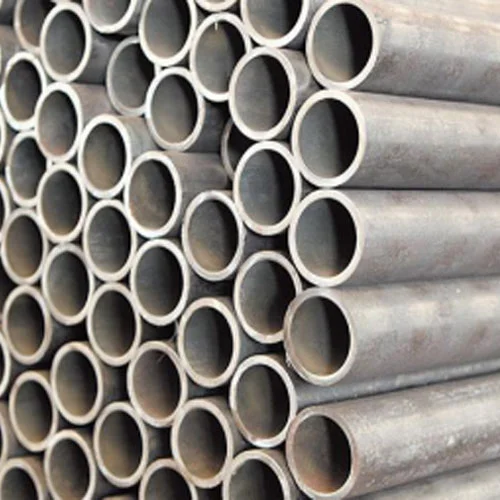
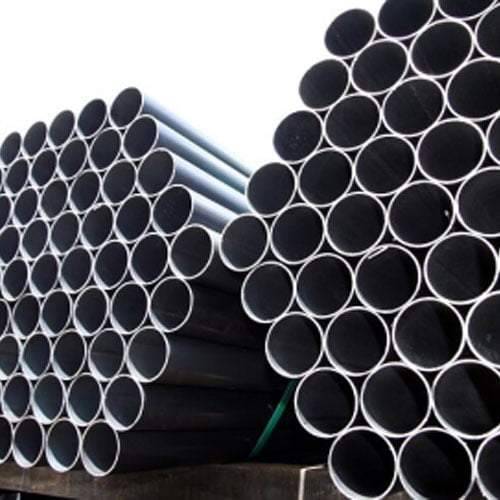
Even the best API pipe can underperform if not installed properly. Here are a few tips to help you optimize pipeline installation:
- Pre-installation Inspection: Always check pipes for defects, dimensional accuracy, and compliance certificates before installation.
- Proper Handling: Use lifting equipment designed for steel pipes to avoid damage or deformation.
- Welding and Joining: Employ certified welders and follow API welding standards to ensure strong, leak-proof joints.
- Coating and Protection: Apply additional coatings or insulation if required to protect the pipeline from corrosion and environmental damage.
- Pressure Testing: Conduct hydrostatic or pneumatic testing after installation to verify the integrity of the line.
Attention to installation details will extend the service life of your API pipe and reduce the risk of costly failures.
الخاتمة
Optimizing your pipeline projects starts with choosing the right API line pipe tailored to your needs. Quality matters—from the steel grade and manufacturing process to installation and maintenance. By selecting API line pipe that meets industry standards and project demands, you enhance safety, reliability, and efficiency throughout your infrastructure.
If you want your project to perform at its best, consider all factors from materials to environmental conditions. Proper planning and attention to detail will pay off with durable pipelines that serve your operation safely for years to come.
الأسئلة الشائعة
ما هو API line pipe المستخدمة لـ؟
API line pipe is primarily used for transporting oil, gas, water, and other fluids in pipelines, especially in oil and gas industries.
What are the main differences between PSL1 and PSL2 API pipe?
Yes, especially seamless API pipe grades with high strength and corrosion resistance are suitable for offshore drilling and subsea pipelines.
Can API pipe be used for offshore pipelines?
Yes, especially seamless API pipe grades with high strength and corrosion resistance are suitable for offshore drilling and subsea pipelines.
How do I know if an API pipe meets quality standards?
Check for API 5L certification, mill test reports (MTR), and compliance with welding and inspection standards.
What maintenance is required for API pipe?
Regular inspections, corrosion monitoring, pressure testing, and timely repairs help maintain pipeline integrity.
